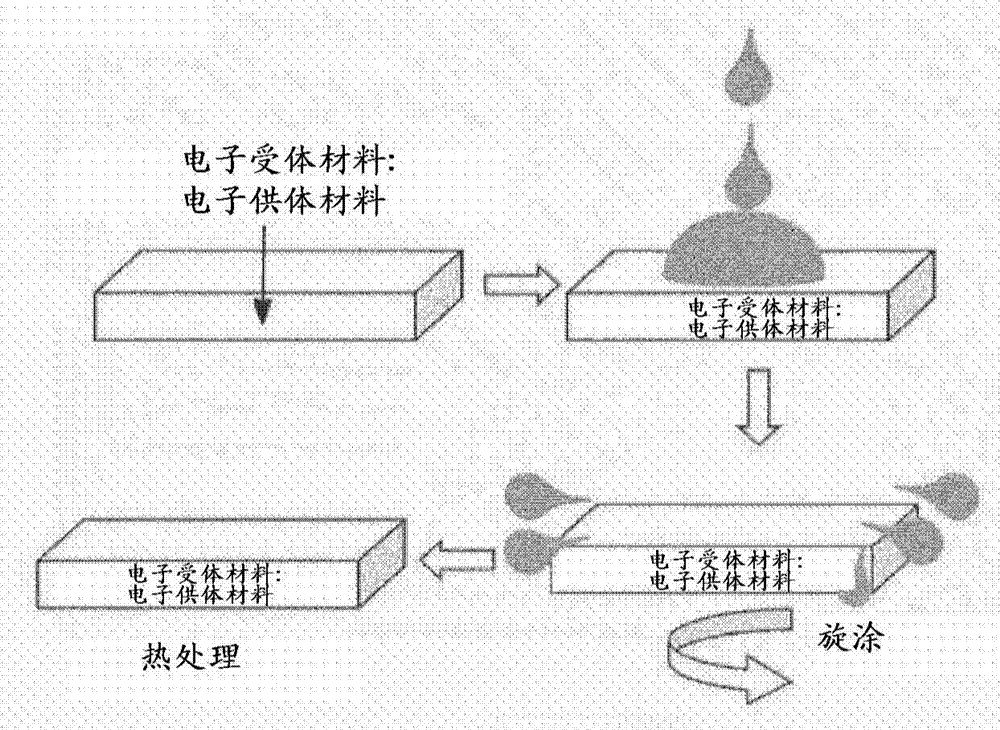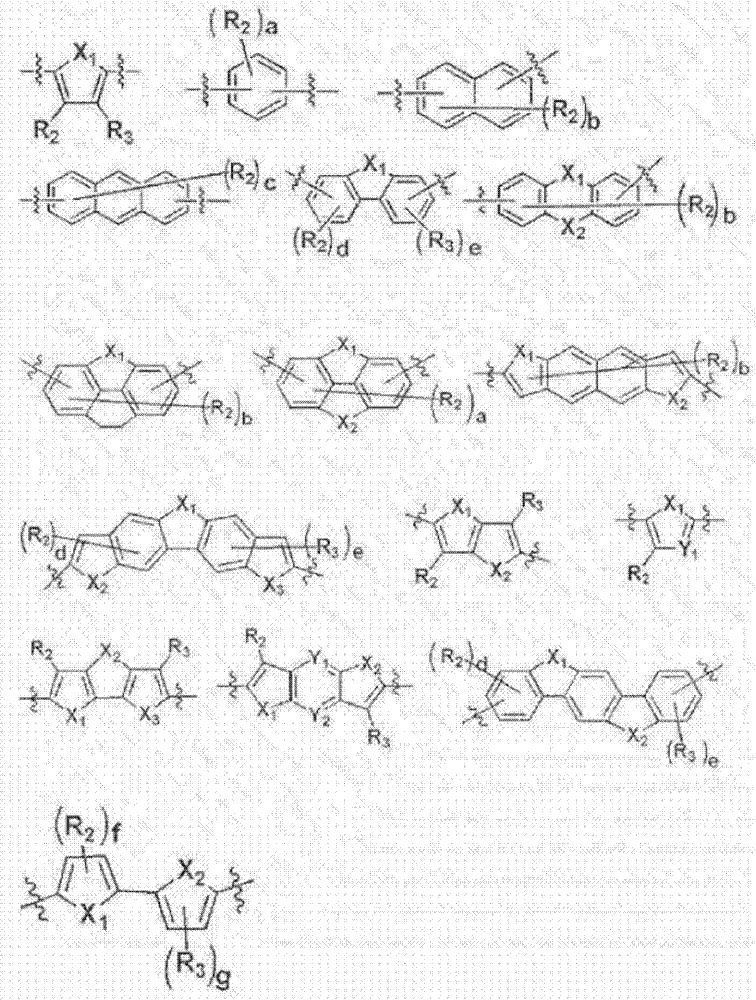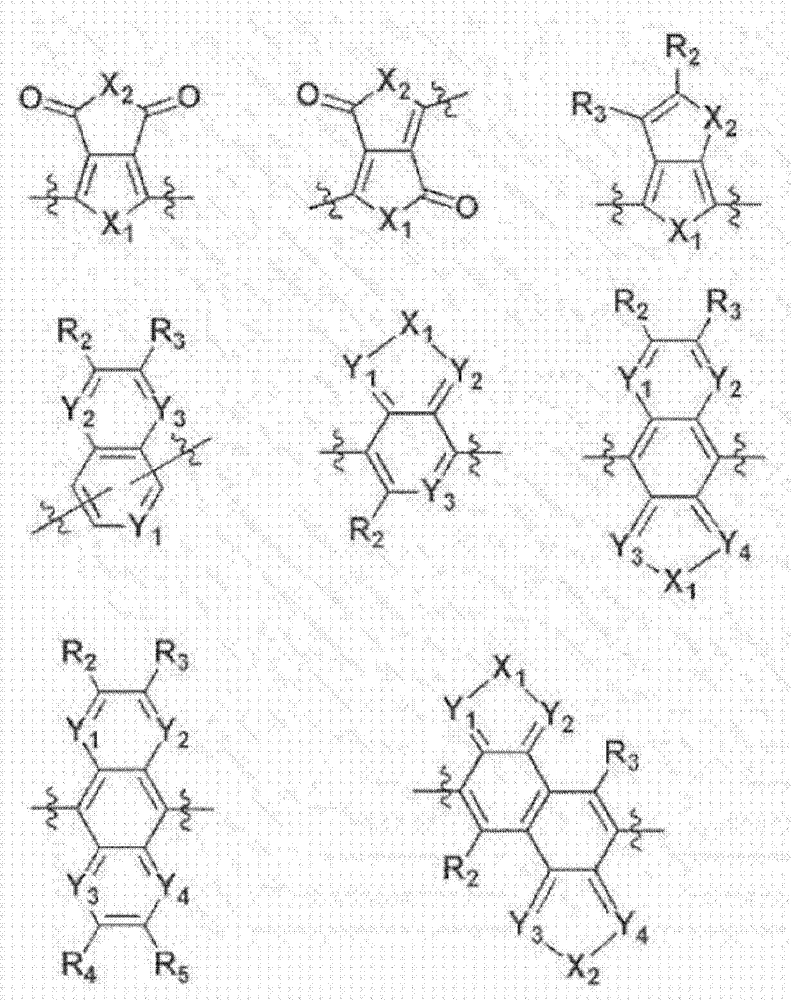Optically active layer, organic solar cell comprising optically active layer, and method for manufacturing same
An organic photovoltaic cell and photoactivation technology, which is applied in photovoltaic power generation, final product manufacturing, sustainable manufacturing/processing, etc., can solve the problems of low efficiency of photovoltaic cells, achieve good light absorption rate, improve life characteristics and efficiency, and improve efficiency effect
- Summary
- Abstract
- Description
- Claims
- Application Information
AI Technical Summary
Problems solved by technology
Method used
Image
Examples
Embodiment 1
[0250] Example 1. Fabrication of organic photovoltaic cells subjected to non-solvent surface treatment methods
[0251] The organic photovoltaic cell has a structure of ITO / PEDOT:PSS / photoactive layer (polymer 1 as follows: PCBM) / Al. The glass substrate on which ITO was applied was ultrasonically cleaned using distilled water, acetone and 2-propanol, and the ITO surface was treated by ozone for 10 minutes, followed by spin-coating with PEDOT:PSS (Clavios AI4083) at a thickness of 26 nm at 200 °C Heat treatment for 5 minutes. A mixture of the following polymer 1 and PCBM mixed in a ratio of 1:1.75 was formed for coating of a photoactive layer, and spin coating was performed with a thickness of 100 nm to form a photoactive layer. Methanol was applied onto the photoactive layer, and spin coating for a non-solvent surface treatment method was performed at 5000 rpm, thereby removing the non-solvent. Use a thermal evaporator at 3 x 10 -6 Al was deposited under a Torr vacuum to a ...
Embodiment 2
[0254] Example 2. Fabrication of organic photovoltaic cells subjected to non-solvent surface treatment methods
[0255] The same method as in Example 1 was carried out except that 2-methoxyethanol was used instead of methanol.
PUM
 Login to View More
Login to View More Abstract
Description
Claims
Application Information
 Login to View More
Login to View More - R&D
- Intellectual Property
- Life Sciences
- Materials
- Tech Scout
- Unparalleled Data Quality
- Higher Quality Content
- 60% Fewer Hallucinations
Browse by: Latest US Patents, China's latest patents, Technical Efficacy Thesaurus, Application Domain, Technology Topic, Popular Technical Reports.
© 2025 PatSnap. All rights reserved.Legal|Privacy policy|Modern Slavery Act Transparency Statement|Sitemap|About US| Contact US: help@patsnap.com



